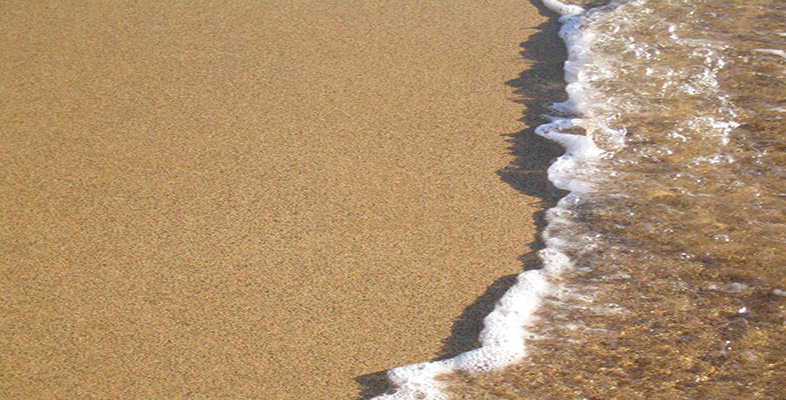4.3.3 Stage 3: Passive continental margin formation
Eventually, movement along faults initiated during the continental rifting stage ceases, and the entire continental margin starts to subside. Subsidence at this stage occurs because of lithospheric cooling as the distance between the margin and spreading ridge-axis increases, rather than as a result of tectonic movement of the fault blocks (as during the continental rifting stage). By now, all tectonic activity is focused at the new oceanic spreading axis and the continental lithosphere can be referred to as a passive continental margin (see Figure 6c). Throughout this stage, sediments deposited on the passive continental margin prograde laterally (advance seawards).
In summary, important indicators of continental rifting and separation include the association of basaltic igneous activity with the development of relatively narrow rift-basins, followed by more widespread regional subsidence. This is not limited exclusively to continental margins, but can also be exhibited by intracontinental rifts that have failed to develop by forming an ocean-spreading centre.
